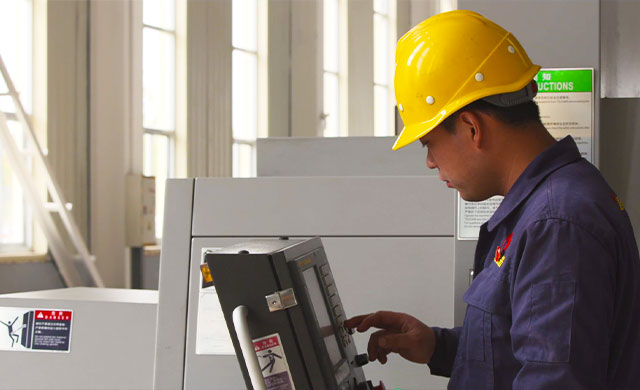
Dec . 11, 2024 07:03
Back to list
relief valve
Understanding Relief Valves Function, Types, and Applications
Relief valves play a critical role in various industrial systems by preventing excessive pressure buildup, which can lead to catastrophic failures. These devices are engineered to automatically release pressure from a system when it exceeds a certain threshold, ensuring both safety and efficiency in operations. In this article, we will delve into the function, types, and applications of relief valves.
Function of Relief Valves
Relief valves are designed to maintain safe pressure levels in pressurized systems. When the pressure within a system reaches a predetermined limit, the relief valve opens to allow the excess pressure to escape. This release of pressure can occur in the form of gas or liquid, depending on the type of fluid in the system. Once the pressure drops to a safe level, the valve closes again, preventing the further escape of fluid.
The primary function of relief valves is to protect equipment and personnel from the dangers associated with overpressure situations. This function is vital in applications such as boilers, pressure vessels, and pipelines, where the failure to control pressure can result in leaks, explosions, or other serious accidents.
Types of Relief Valves
There are several types of relief valves, each suited for specific applications and pressure requirements
1. Spring-loaded Relief Valves These are the most common type of relief valve. A spring holds the valve closed until the system pressure exceeds the spring's force. When the preset pressure limit is reached, the valve opens, allowing fluid to escape.
2. Piloted Relief Valves These valves use a secondary pilot valve to control the main valve. They are often used in high-pressure systems, where a small change in pressure can result in a substantial amount of flow. Piloted relief valves provide greater accuracy and can handle larger pressure differentials.
relief valve

3. Balanced Relief Valves Designed to mitigate the effects of backpressure, balanced relief valves can maintain their set pressure even when there are fluctuations in downstream pressure. This feature makes them ideal for applications where backpressure is a concern.
4. Electronic Relief Valves In modern systems, electronic relief valves are utilized for advanced control over pressure regulation. These valves are equipped with sensors and controllers that can respond quickly to changes in pressure, making them suitable for high-tech applications.
Applications of Relief Valves
Relief valves are employed across a wide range of industries, including oil and gas, chemical processing, pharmaceuticals, and water treatment. In the oil and gas industry, relief valves are crucial for protecting pipelines and storage tanks from overpressure situations, while in chemical processing, they help manage pressures in reactors and distillation columns.
In the pharmaceutical industry, maintaining precise pressure levels is essential for ensuring product quality and safety. Relief valves ensure that the systems operate within the necessary parameters, preventing potential contamination or product loss.
Another significant application is in the water treatment field, where relief valves protect water storage tanks and pressure vessels from exceeding safe pressure limits, thereby preventing structural failures.
Conclusion
In summary, relief valves are indispensable components in many industrial systems, ensuring safety and reliability by managing pressure levels. Understanding their functions, types, and applications is crucial for engineers and technicians who design, operate, and maintain pressurized systems. With the ongoing advancements in technology, the design and functionality of relief valves continue to evolve, further enhancing their role in maintaining safe operational environments in various industries. Whether in a boiler room or a chemical plant, relief valves contribute significantly to the safe and efficient operation of pressurized systems.
Latest news
-
Safety Valve Spring-Loaded Design Overpressure ProtectionNewsJul.25,2025
-
Precision Voltage Regulator AC5 Accuracy Grade PerformanceNewsJul.25,2025
-
Natural Gas Pressure Regulating Skid Industrial Pipeline ApplicationsNewsJul.25,2025
-
Natural Gas Filter Stainless Steel Mesh Element DesignNewsJul.25,2025
-
Gas Pressure Regulator Valve Direct-Acting Spring-Loaded DesignNewsJul.25,2025
-
Decompression Equipment Multi-Stage Heat Exchange System DesignNewsJul.25,2025

